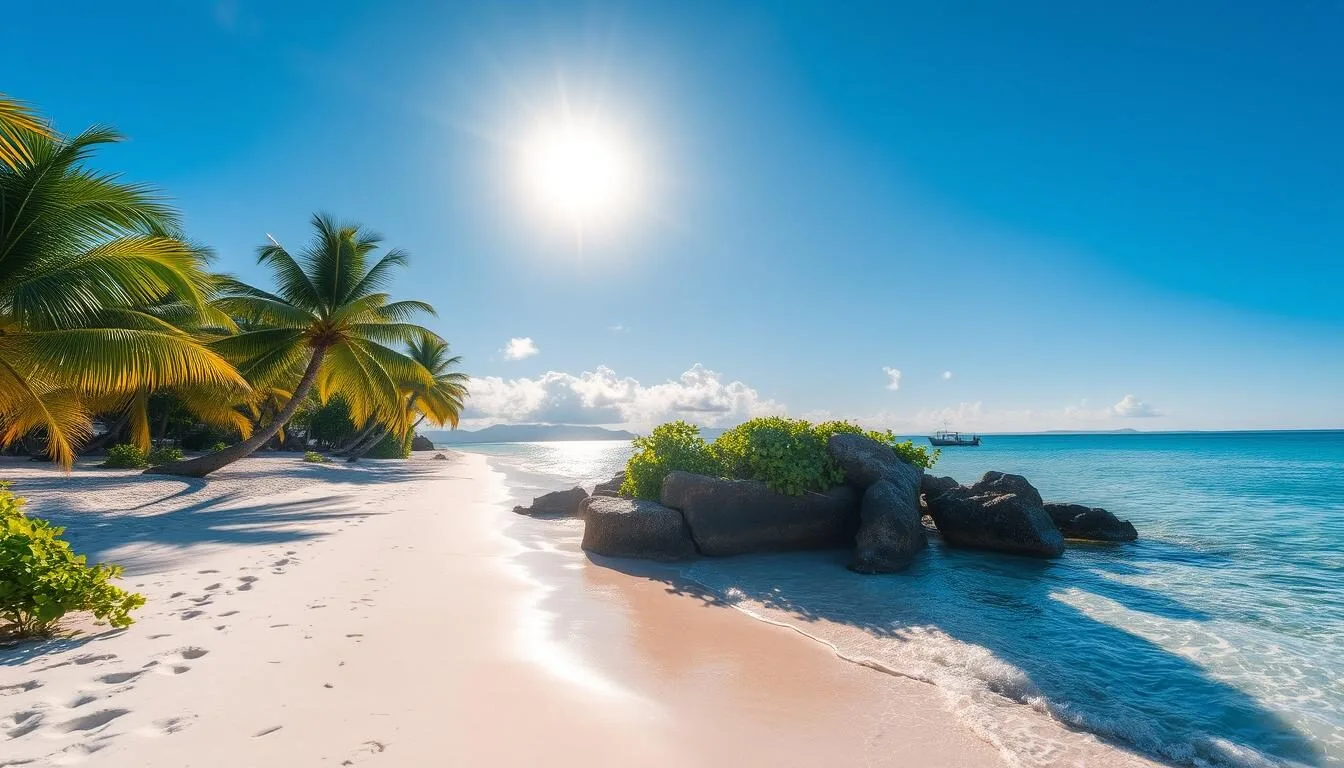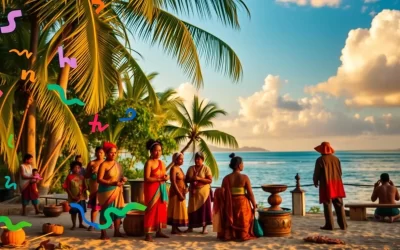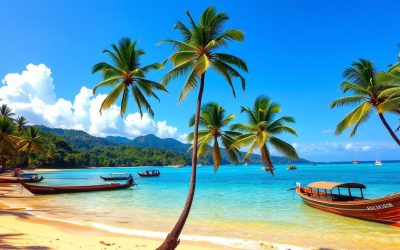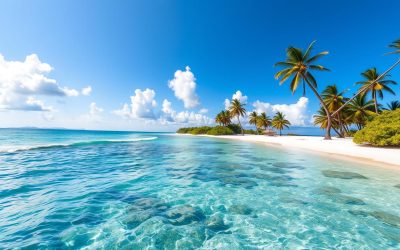✓ Accommodations✓ Flights✓ Rental Cars✓ Tours & Activities
Did you know that the best time to visit these stunning islands is between October and May, considered the peak tourist season? The tropical climate means temperatures range from 23°C to 31°C throughout the year, making them a potential year-round destination.
Understanding the seasonal variations is crucial for a weather-savvy trip. The islands experience two major seasons: the monsoons and the peak tourist season. Your time to visit depends on whether you’re seeking adventure, relaxation, or cultural experiences.
This guide will help you navigate the best months to visit based on weather patterns, crowd levels, and activities. Whether you’re looking for a relaxing getaway or an action-packed vacation, we’ve got you covered.
Understanding Andaman’s Tropical Climate
Understanding the tropical climate of Andaman is crucial for planning a trip that suits your preferences. The Andaman and Nicobar Islands experience a tropical climate that can be broadly categorized into two main seasons: the dry season and the monsoon season.
The Year-Round Weather Patterns
The year-round weather patterns in Andaman play a significant role in determining the best time to visit. The islands enjoy a tropical climate, with temperatures remaining relatively consistent throughout the year. However, the weather conditions vary significantly between the dry and monsoon seasons.
During the year, you can expect clear skies and calm seas during certain months, making it ideal for tourist activities and water sports. In contrast, other months bring heavy rainfall, which can impact your plans.
Two Main Seasons: Dry and Monsoon
The dry season, which lasts from October to May, is characterized by clear skies and calm seas, making it the preferred time for most visitors. You can enjoy optimal conditions for most tourist activities and water sports during this period.
- The dry season offers optimal conditions for tourist activities and water sports.
- The monsoon season brings heavy rainfall, averaging 250-300mm monthly, and rougher seas, which can limit certain activities.
- Despite the challenges, the monsoon season transforms the islands into a lush green paradise with fewer tourists.
The transition periods between seasons present their own unique advantages and challenges, with changing weather patterns that can be unpredictable. You should be prepared for these changes when planning your trip.
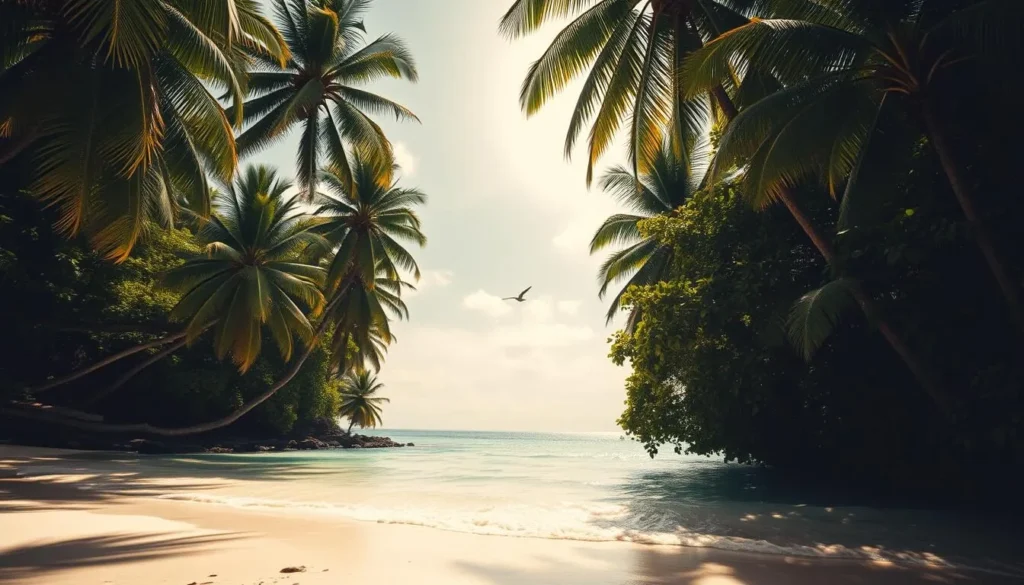
Peak Season in Andaman: October to May
Andaman’s peak tourist season, characterized by ideal weather conditions, spans from October to May. This period is considered the best time to visit Andaman, offering a range of activities and experiences that cater to different interests.
Post-Monsoon Bliss: October to December
The post-monsoon period, from October to December, marks the beginning of the peak season in Andaman. The weather is pleasant, with clear skies and calm seas, making it an ideal time for water sports and underwater activities. You can enjoy diving and snorkeling in the crystal-clear waters, exploring the rich marine life and coral reefs.
- The weather is generally warm, with average temperatures ranging from 25-28°C, perfect for beach activities and exploration.
- The islands are less crowded compared to the later months, allowing for a more relaxed experience.
- The calm waters offer ideal conditions for water sports, including kayaking, paddleboarding, and jet-skiing.
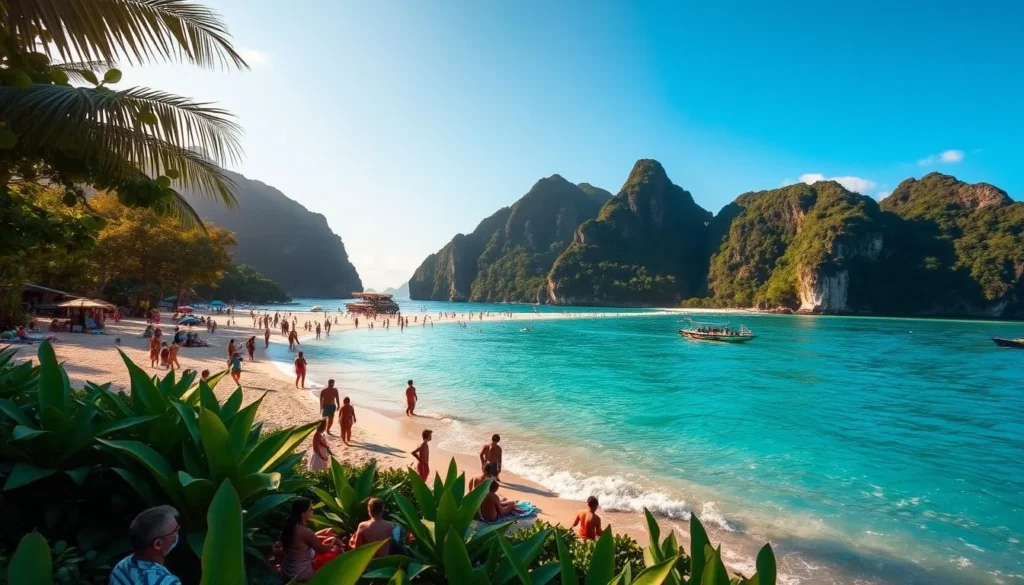
Winter Charm: January to March
January to March represents the absolute peak tourist season in Andaman, with the islands welcoming the highest number of domestic and international visitors. The weather during these winter months is idyllic, with daytime temperatures between 28-31°C and slightly cooler evenings around 22-24°C, perfect for beach activities and exploration.
- The water clarity reaches its maximum during this period, offering exceptional visibility for underwater activities and showcasing the vibrant coral reefs and marine life in their full glory.
- The Island Tourism Festival in January is a major highlight, showcasing the islands’ cultural diversity through music, dance, food, and crafts.
- While this period offers the most reliable weather, it also comes with higher prices for accommodations and activities, plus more crowded attractions, requiring advance bookings for the best experience.
During this time, you can enjoy the Island Tourism Festival, which is a great way to experience the local culture. The festival features ten days of exhibitions, performances, local cuisine, and crafts that showcase the islands’ diverse heritage.
Summer Transition: April and May
The summer transition in Andaman during April and May offers a unique experience for travelers looking for a more relaxed trip. As the peak season comes to an end, the islands start to transition into the pre-monsoon season.
Pre-Monsoon Weather Conditions
During April and May, Andaman experiences a rise in temperature, marking the beginning of the pre-monsoon season. The weather is generally warm, with temperatures gradually increasing. It’s a period of transition, and while it’s not as cool as the winter months, it’s still a great time to enjoy the outdoors.
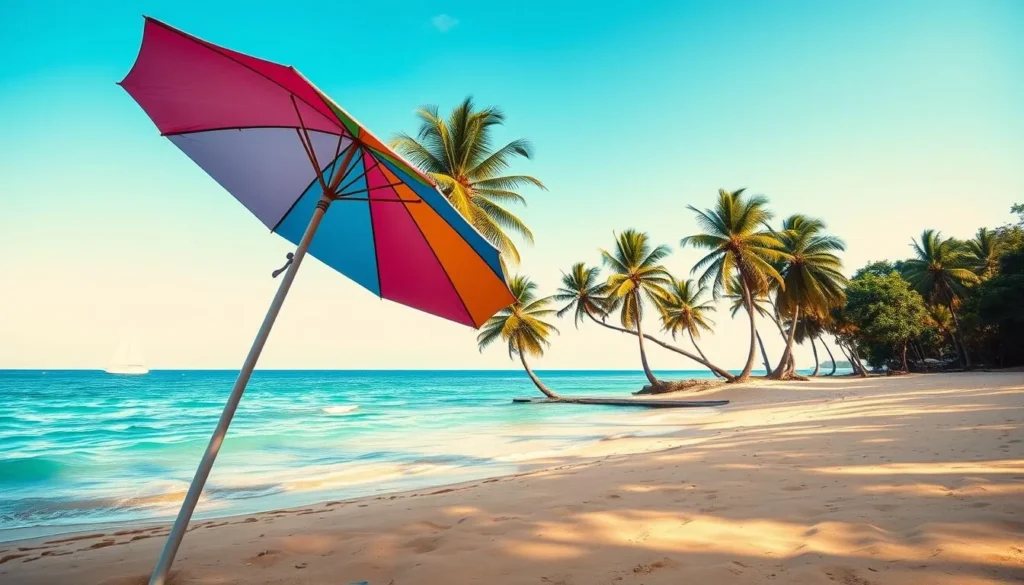
Benefits of Visiting During Shoulder Season
Visiting Andaman during the shoulder season has several advantages. You can expect fewer crowds at popular attractions and beaches, making your trip more enjoyable and relaxed. Accommodation prices also begin to drop in late April and May, offering better value compared to the peak winter months. You can enjoy water sports and activities with less waiting time and benefit from special promotions offered by tour operators and hotels.
- The shoulder season offers significant advantages for budget-conscious travelers with accommodation rates dropping by 15-30% compared to peak season prices.
- You’ll experience noticeably fewer crowds at popular attractions, allowing for more peaceful exploration and better photo opportunities.
- Water sports operators and tour companies often offer special promotions during this period, creating excellent value for adventure activities.
Planning your Andaman trip during this time can be a great time to visit, as you can make the most of the warmer temperatures by planning your daily itinerary around the cooler parts of the day. It’s an ideal period to visit Andaman if you’re looking for a more relaxed and budget-friendly experience.
Monsoon Season: June to September
The monsoon season transforms the Andaman Islands into a lush paradise. This period, spanning from June to September, brings significant rainfall, resulting in a dramatic change in the landscape.
What to Expect During Rainy Months
During the monsoon season, you can expect heavy rainfall and high humidity. The rain showers can be intense, but they often come in spells, leaving some dry periods during the day, especially in the mornings. The islands become greener, and the forests are refreshed, creating a vibrant atmosphere.
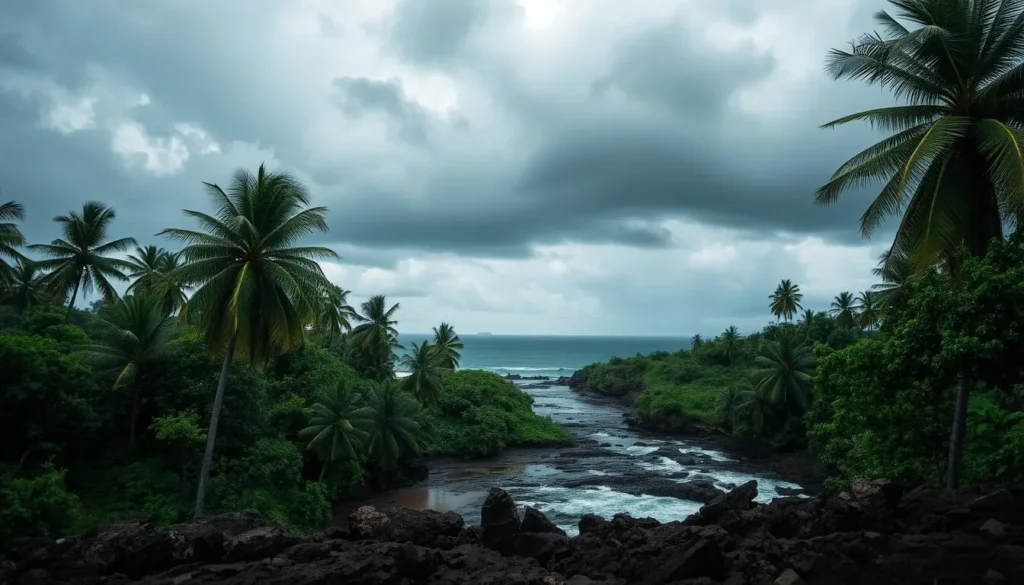
Hidden Advantages of Off-Season Travel
Traveling to Andaman during the monsoon season has several hidden advantages. One of the significant benefits is the cost advantage. You can enjoy discounts of up to 50% on accommodations, flights, and some activities. With fewer tourists, you can experience the islands in a more authentic way, interacting with locals and enjoying a peaceful atmosphere.
- Cost Savings: Enjoy discounts of up to 50% on accommodations, flights, and activities.
- Fewer Crowds: Experience the islands with significantly fewer tourists, creating opportunities for more authentic interactions.
- Lush Greenery: Witness the stunning transformation of the landscape with lush greenery and vibrant flora.
- Photography Opportunities: Capture dramatic skies, misty landscapes, and rich contrasts created by the rain-soaked environment.
- Relaxed Pace: Enjoy a more relaxed pace of travel with personalized service at restaurants, hotels, and attractions.
| Aspect | Dry Season | Monsoon Season |
|---|---|---|
| Landscape | Dry and dusty | Lush and green |
| Tourist Crowds | High | Low |
| Cost | Higher | Lower (up to 50% off) |
| Atmosphere | Busy and vibrant | Peaceful and serene |
Andaman and Nicobar Islands (UT), India: Best Months for a Weather-Savvy Trip
The ideal time to visit Andaman and Nicobar Islands depends on your priorities regarding weather, crowd levels, and budget. Planning your trip around these factors can significantly enhance your experience.
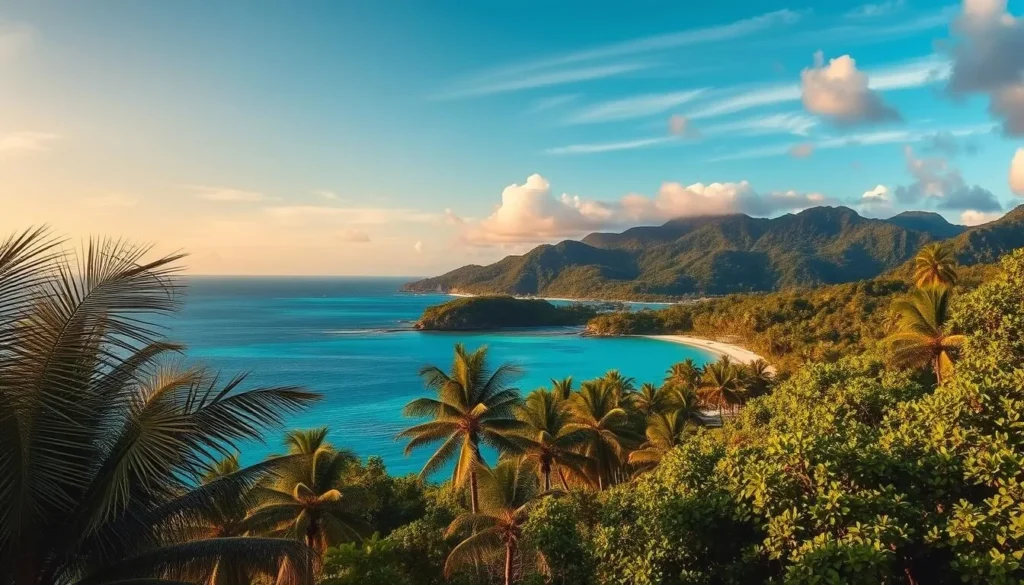
Optimal Weather Windows for First-Time Visitors
For first-time visitors, the peak season from January to March is often considered the best time to visit Andaman. This period offers the most reliable weather, with calm seas and clear skies, making it ideal for water activities and beach experiences. However, it’s also the busiest time, with larger crowds and higher prices for accommodations and activities.
The shoulder seasons, October to December and April to May, provide a good alternative. These periods offer pleasant weather, moderate crowd levels, and more reasonable pricing, making them an excellent choice for those looking for a balance between cost and experience.
Balancing Weather, Crowds, and Prices
When planning your Andaman trip, it’s crucial to balance three key factors: weather conditions, crowd levels, and budget considerations. The peak tourist season, from January to March, offers the best weather but comes with premium pricing and larger crowds.
| Season | Weather | Crowd Levels | Prices |
|---|---|---|---|
| Peak (Jan-Mar) | Reliable, calm | High | Premium (30-50% higher) |
| Shoulder (Oct-Dec, Apr-May) | Pleasant | Moderate | Reasonable |
| Monsoon (Jun-Sep) | Rainy | Low | Lowest |
Your priorities will determine the ideal timing for your visit. Whether you value perfect weather, are seeking the best value, or prefer a quieter experience, Andaman and Nicobar Islands have something to offer throughout the year.
Best Times for Water Activities and Beach Experiences
With its crystal-clear waters and picturesque beaches, the Andaman and Nicobar Islands are an ideal destination for water sports and beach experiences. The islands offer a range of activities, including jet skiing, parasailing, and sea walking, making them perfect for travelers seeking adventure and relaxation.
Scuba Diving and Snorkeling Seasons
The best time for scuba diving and snorkeling in Andaman is from December to March, when the sea is calm and the water is clear. During this period, the visibility is excellent, allowing you to explore the underwater world and discover the rich marine life.

The calm waters and pleasant weather make it an ideal time for diving and snorkeling. You can explore the various dive sites, including the popular ones like North Bay Island and Mahatma Gandhi Marine National Park.
Beach Hopping and Water Sports Calendar
The prime calendar for beach hopping and water sports in Andaman runs from November through April, when calm seas and clear skies create perfect conditions for island exploration. December to March represents the absolute peak for water sports like jet skiing, parasailing, banana boat rides, and sea walking.
Radhanagar Beach (Havelock Island), consistently rated among Asia’s best beaches, is most enjoyable during these months with gentle waves perfect for swimming and spectacular sunset views. For beach hopping enthusiasts, the winter months offer the most reliable ferry schedules between islands, allowing you to create comprehensive itineraries covering Port Blair, Havelock, Neil, and other islands.
Each month within this period offers slightly different advantages: December-January features the clearest water, February-March has the most stable weather patterns, while November and April offer fewer crowds with nearly equal water quality.
Month-by-Month Guide to Andaman Weather
To make the most of your trip to Andaman, it’s essential to know the weather patterns month by month. The islands experience a diverse range of weather conditions throughout the year, impacting tourist activities and overall experience.
October to December: Festival Season and Perfect Weather
The post-monsoon season, from October to December, is characterized by pleasant weather, with temperatures ranging from 25°C to 28°C. This period is ideal for water activities and beach experiences, making it a popular time among tourists. The festival season adds to the charm, with various cultural events taking place across the islands.
Perfect weather conditions and festive atmosphere make this period a great time to visit Andaman.
January to March: Peak Tourist Season
January to March is considered the peak tourist season in Andaman, with comfortable temperatures (22°C to 25°C) and calm seas. It’s an ideal time for scuba diving, snorkeling, and other water sports. The islands are bustling with tourists, and the overall atmosphere is lively and vibrant.
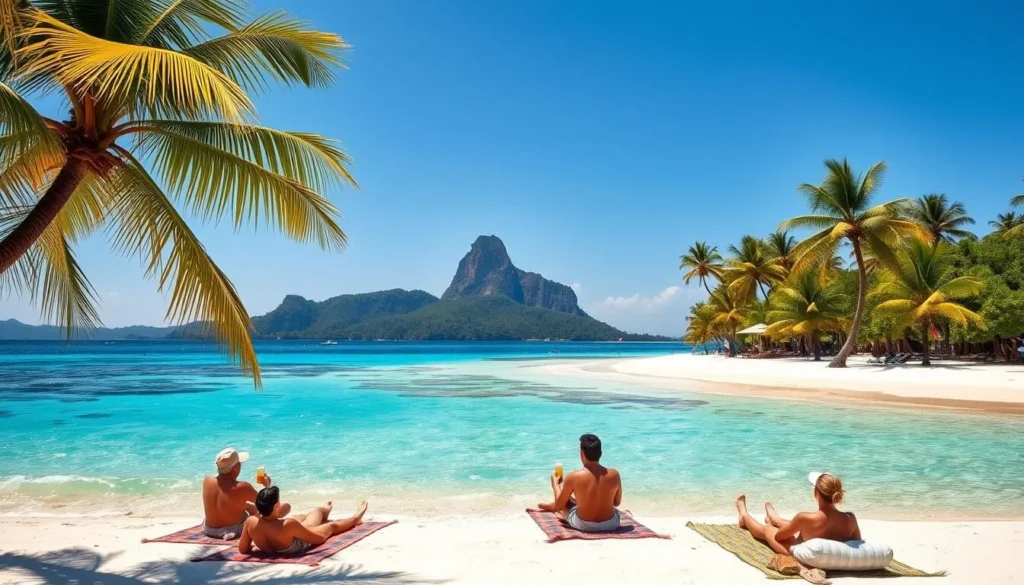
April to September: From Summer Heat to Monsoon Rains
From April to September, Andaman experiences a significant change in weather, transitioning from summer heat to monsoon rains. April is the hottest month, with temperatures reaching up to 33°C. May marks the beginning of the monsoon season, which lasts until September. The monsoon brings heavy rainfall and rough seas, affecting water activities. However, the islands transform into a lush green paradise, with flowing waterfalls and a serene atmosphere.
| Month | Weather Conditions | Impact on Tourism |
|---|---|---|
| April | Summer heat, temperatures up to 33°C | Water activities remain enjoyable |
| May | Transition to monsoon season | Increasing humidity and occasional showers |
| June to September | Monsoon season, heavy rainfall | Limited tourist activities, but lush green landscapes |
Understanding these weather patterns can help you plan your trip to Andaman and Nicobar Islands according to your preferences and make the most of your time there.
Planning Your Trip Around Special Events and Festivals
Experience the rich cultural heritage of Andaman by aligning your visit with its vibrant festivals and celebrations. The islands offer a diverse cultural experience, with different communities celebrating their traditional festivals, adding to the charm of the destination.
Island Tourism Festival (January)
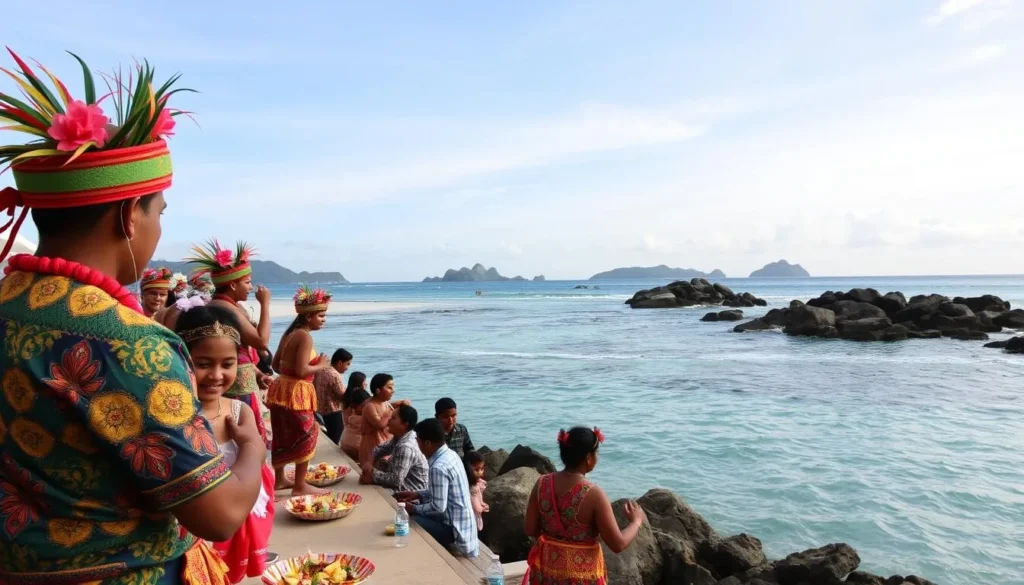
The Island Tourism Festival, held in January, is a significant event that showcases the islands’ rich cultural diversity and natural beauty. It’s an ideal time to visit Andaman, as the weather is pleasant, and the festival offers a unique experience, blending local culture with tourism.
Other Cultural Celebrations Throughout the Year
Apart from the Island Tourism Festival, Andaman celebrates various other festivals throughout the year. You can experience the vibrant Holi celebrations in March, Durga Puja and Dussehra in October, and Christmas and New Year Celebrations in December. The Monsoon Festival in July offers a distinctive experience during the off-season, celebrating the natural beauty of the rain-soaked islands.
- Beyond the Island Tourism Festival, Andaman celebrates a diverse calendar of cultural events throughout the year.
- March brings vibrant Holi celebrations, particularly lively in Port Blair and larger settlements.
- October features Durga Puja and Dussehra celebrations, showcasing the Bengali and North Indian influences.
- December transforms the islands with Christmas and New Year festivities, creating a unique tropical holiday atmosphere.
- The Monsoon Festival in July celebrates the natural beauty of the rain-soaked islands with cultural programs.
By timing your visit to coincide with these events, you can gain a deeper understanding of the local culture and have a more enriching experience in Andaman.
Weather-Based Itinerary Planning for Different Islands
To enjoy the pristine beaches, coral reefs, and natural beauty of Andaman and Nicobar, understanding the seasonal weather patterns is essential. The archipelago’s diverse islands offer a range of experiences, from scuba diving to exploring mangroves and limestone caves.
Port Blair: Gateway to the Archipelago
Port Blair, the capital, is your entry point to the Andaman and Nicobar Islands. With its rich history, vibrant markets, and proximity to coral reefs, it’s a great place for scuba diving and exploring marine life. Visit during the dry season for optimal experiences.
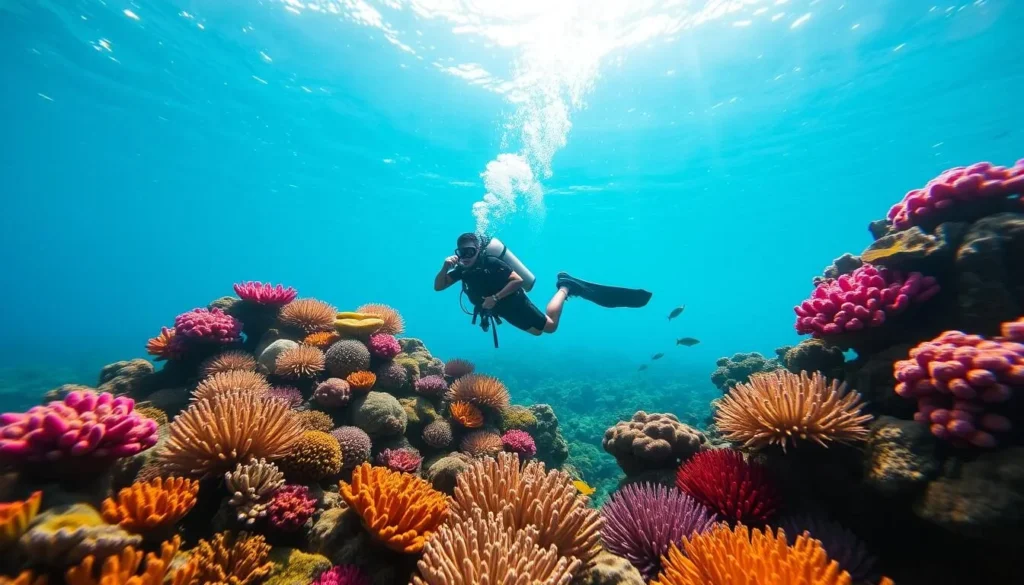
Havelock and Neil Islands: Beach Paradise Timing
Havelock and Neil Islands are renowned for their pristine beaches and crystal-clear waters, making them perfect for beach hopping and water sports. The best time to visit these islands is from November to March, when the weather is calm and ideal for scuba diving and snorkeling.
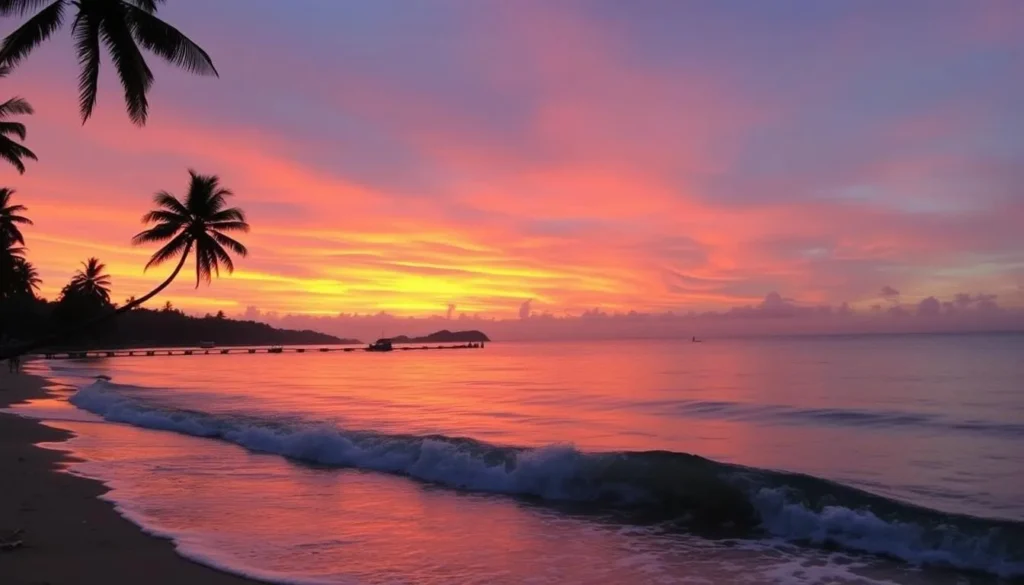
Lesser-Known Islands: When to Explore
Beyond the popular islands, destinations like Baratang, Long Island, and Little Andaman offer authentic experiences. Baratang’s limestone caves and mud volcano are best visited during the dry season. The narrow window from November to March provides the most reliable access to these remote islands.
Conclusion: Making the Most of Andaman’s Weather
The beauty of the Andaman Islands is best appreciated when you visit at the optimal time, ensuring a wonderful trip. The islands offer a unique experience throughout the year, with each season having its own charm. While October to March is considered the best time to visit due to its reliable weather, other seasons also have their advantages.
Whether you’re looking for a relaxing beach vacation or an adventure-filled trip, understanding the tropical climate and weather patterns is key. You can enjoy water activities like jet skiing and exploring the underwater world during the dry season. To make the most of your trip to Andaman, be flexible and plan according to your preferences and budget.
By choosing the right time to visit and being prepared, you can enjoy the lush greenery and other unique offerings of the Andaman Islands year-round.
—
The above is subject to change.
Check back often to TRAVEL.COM for the latest travel tips and deals.
